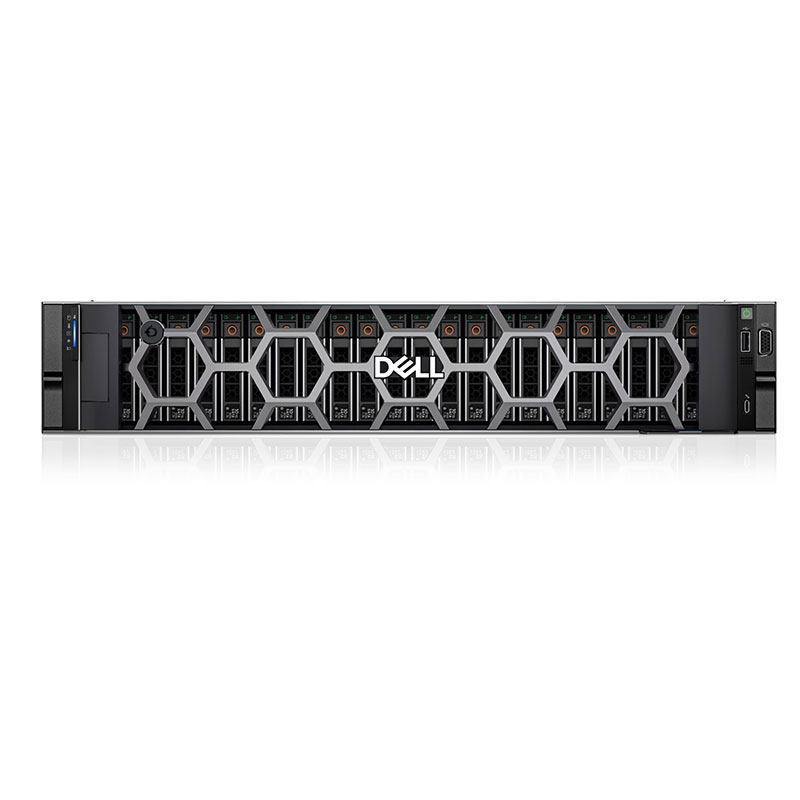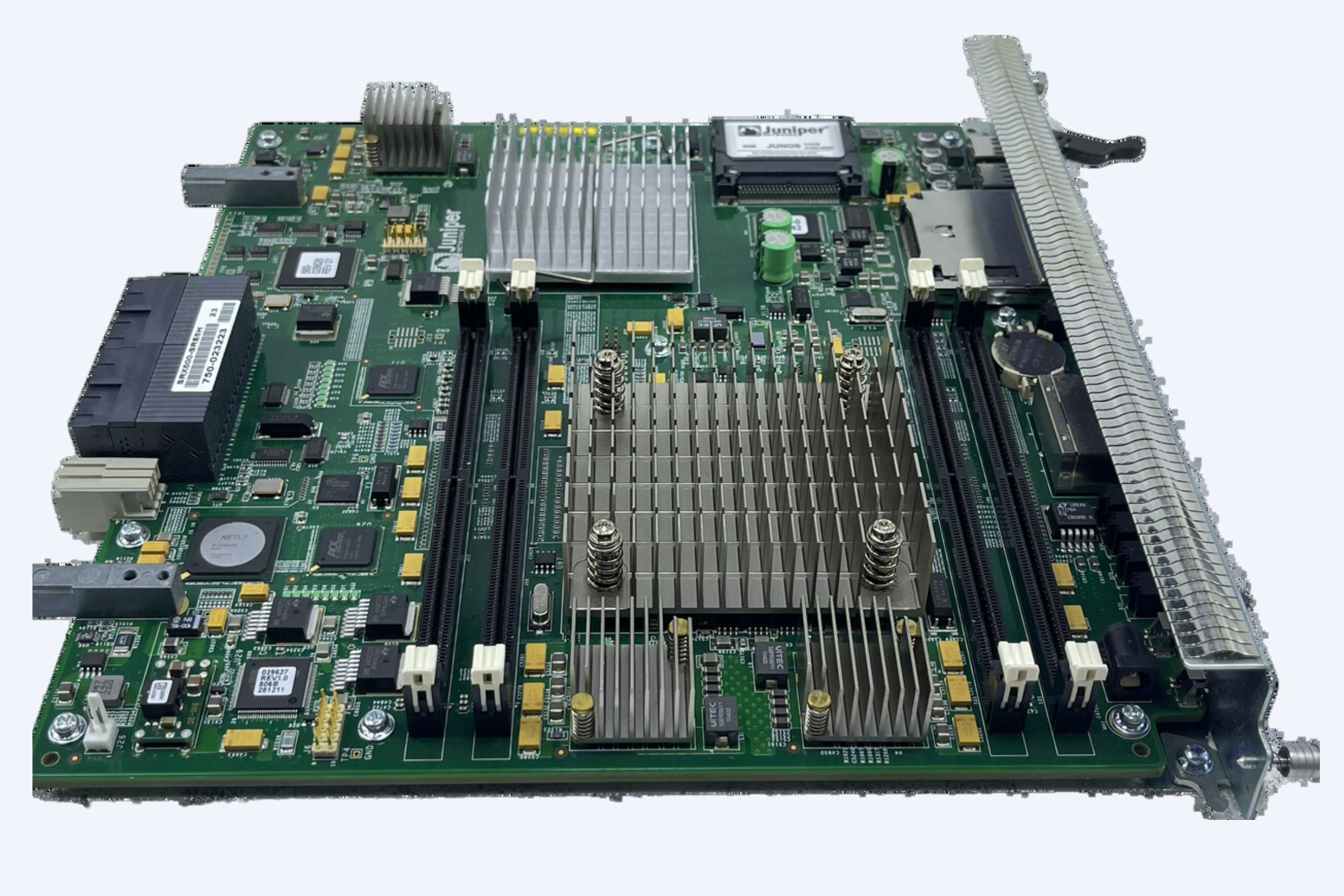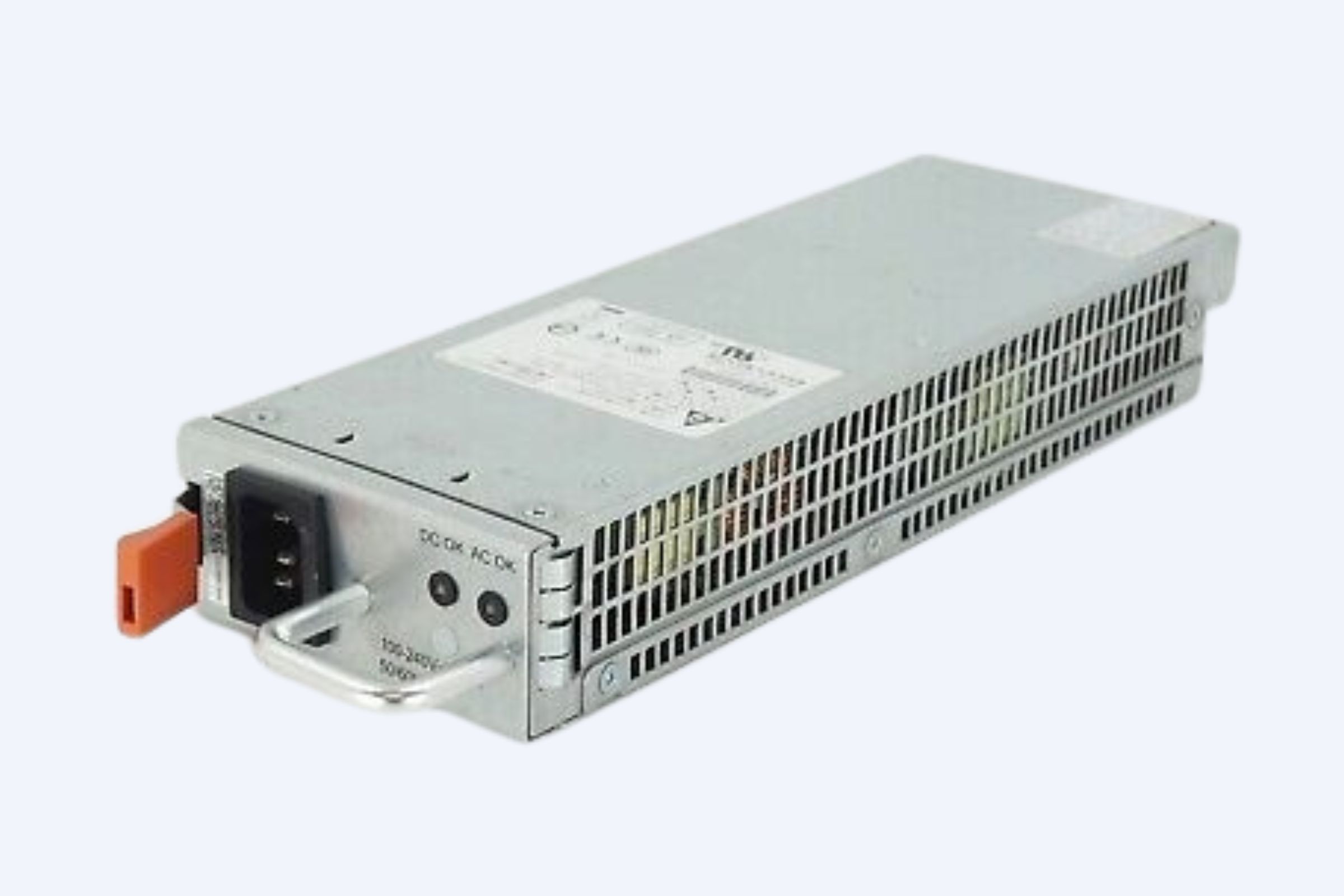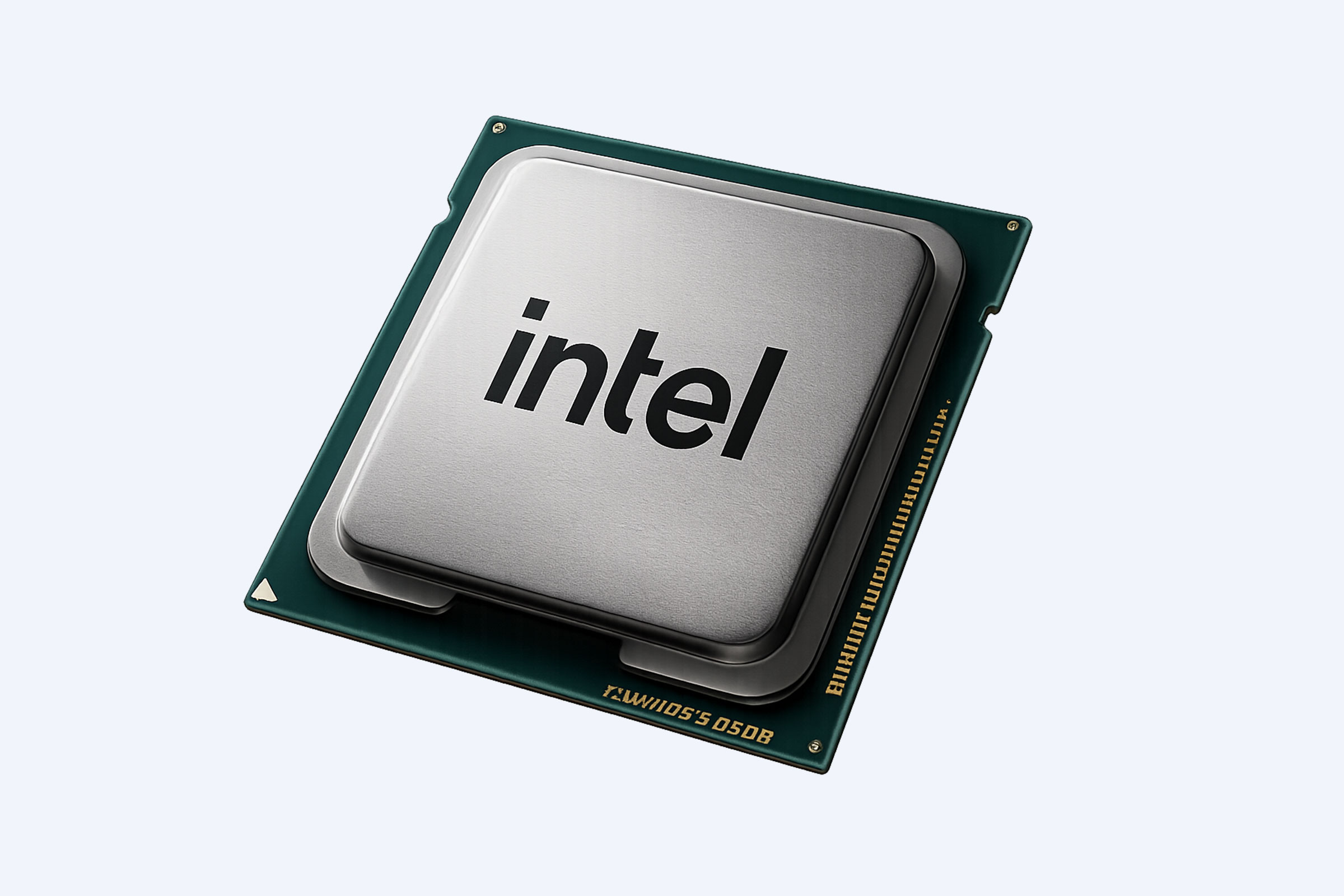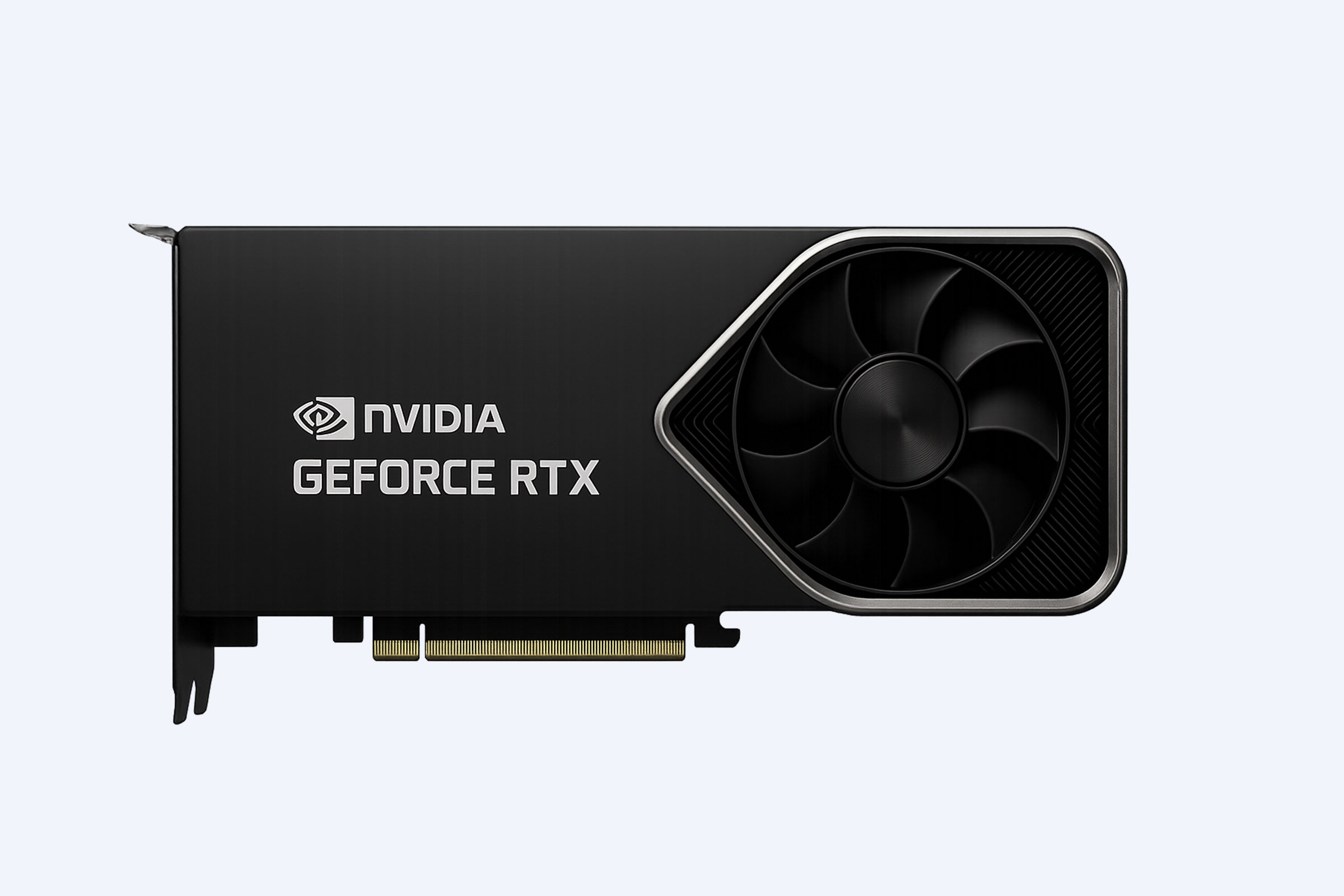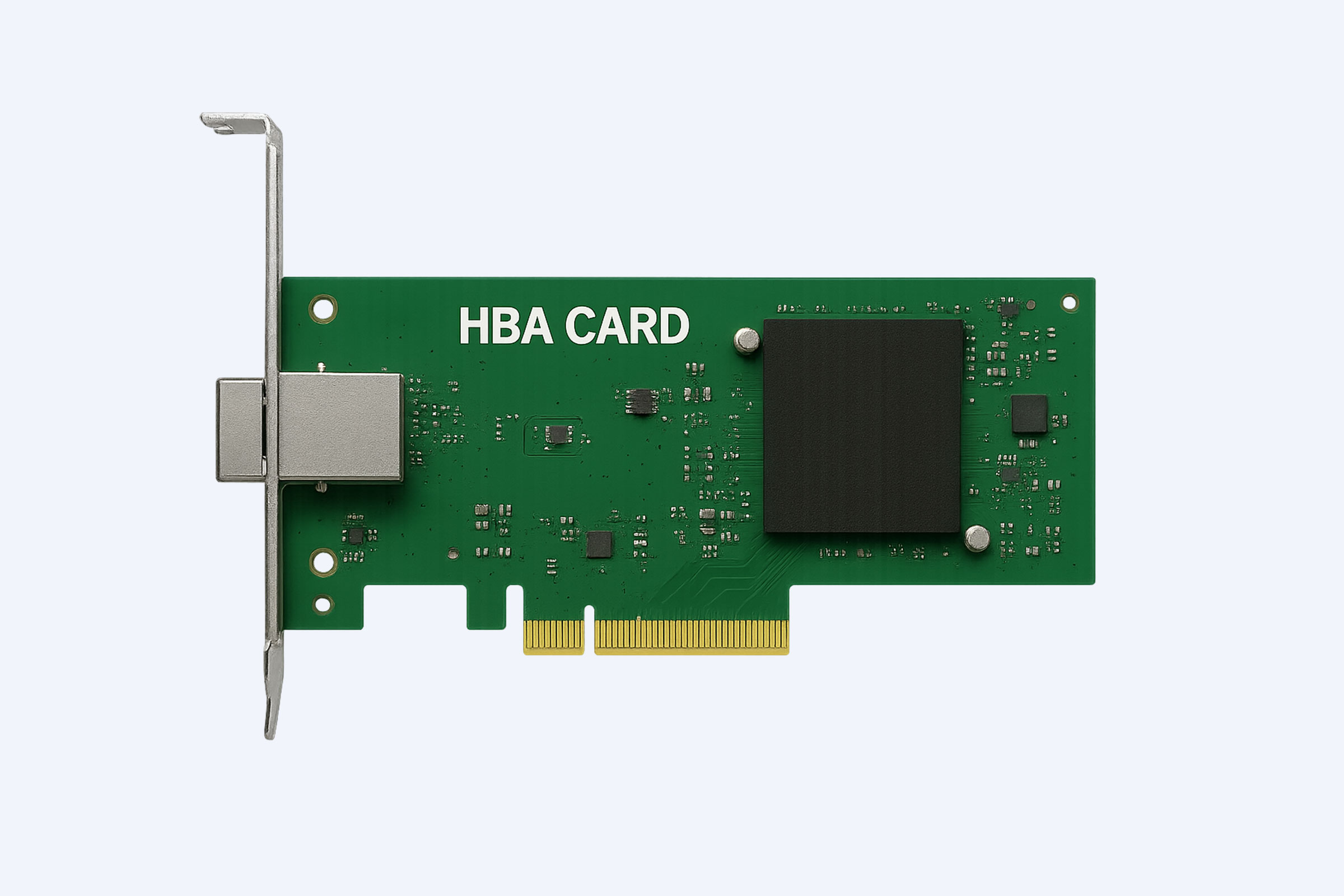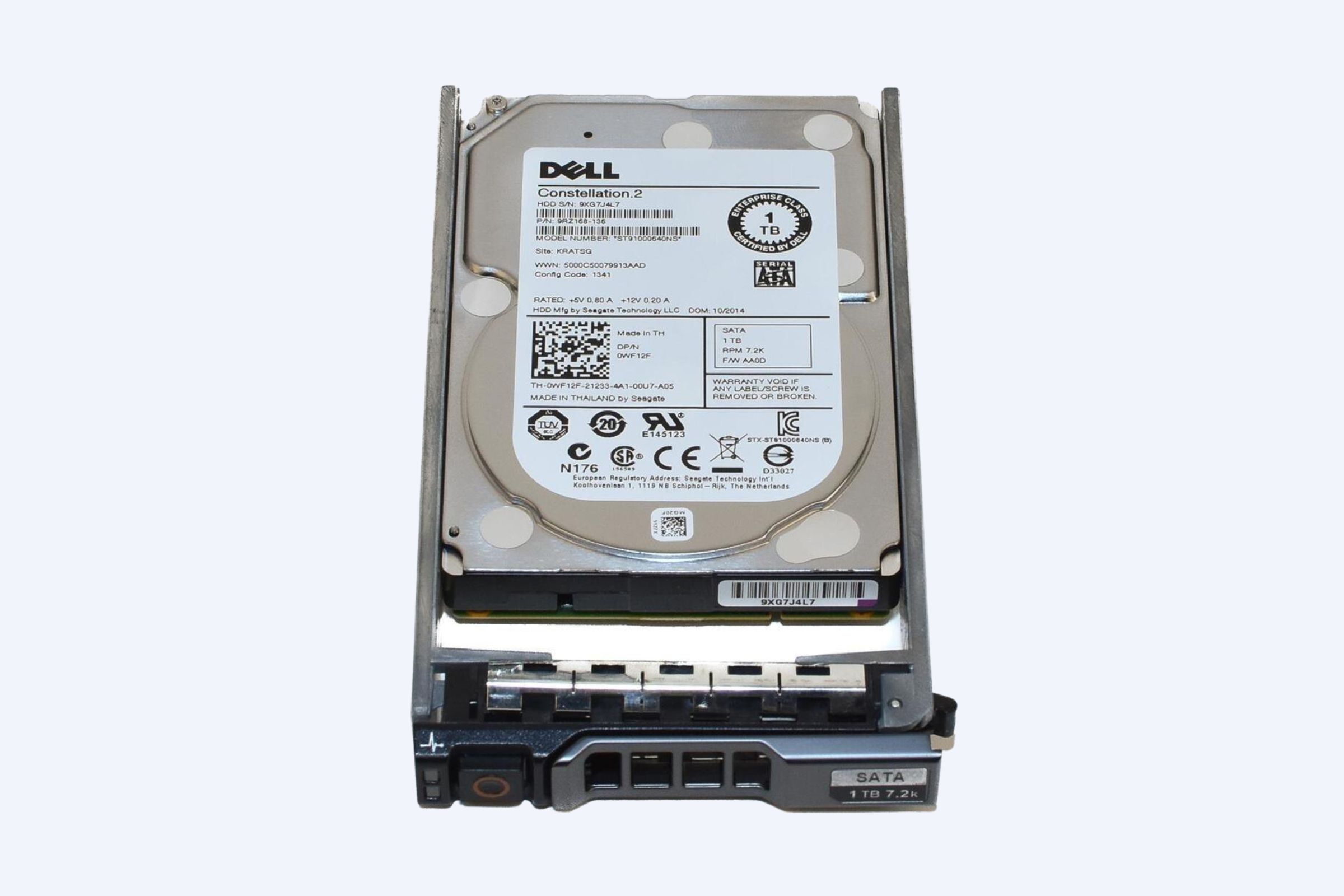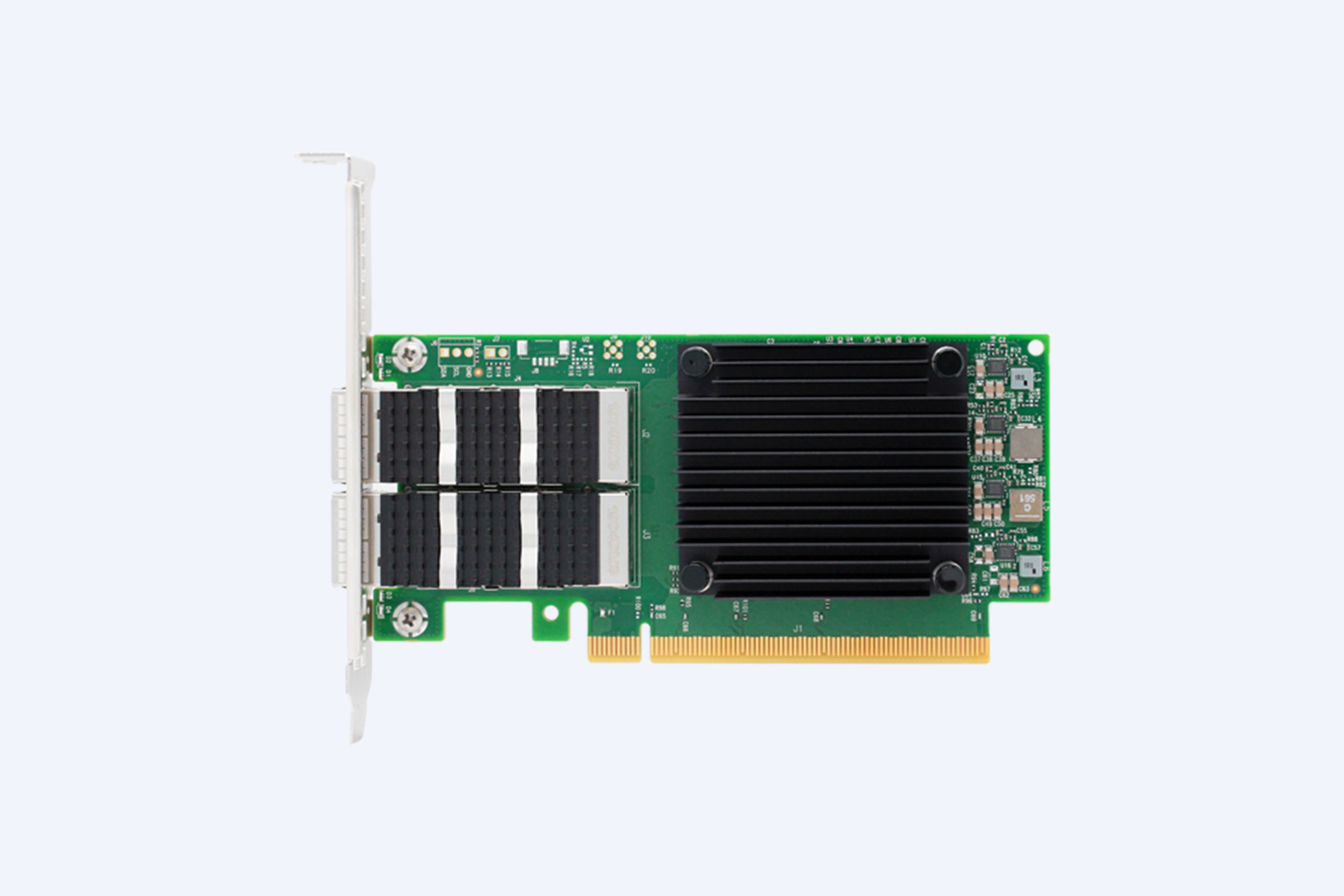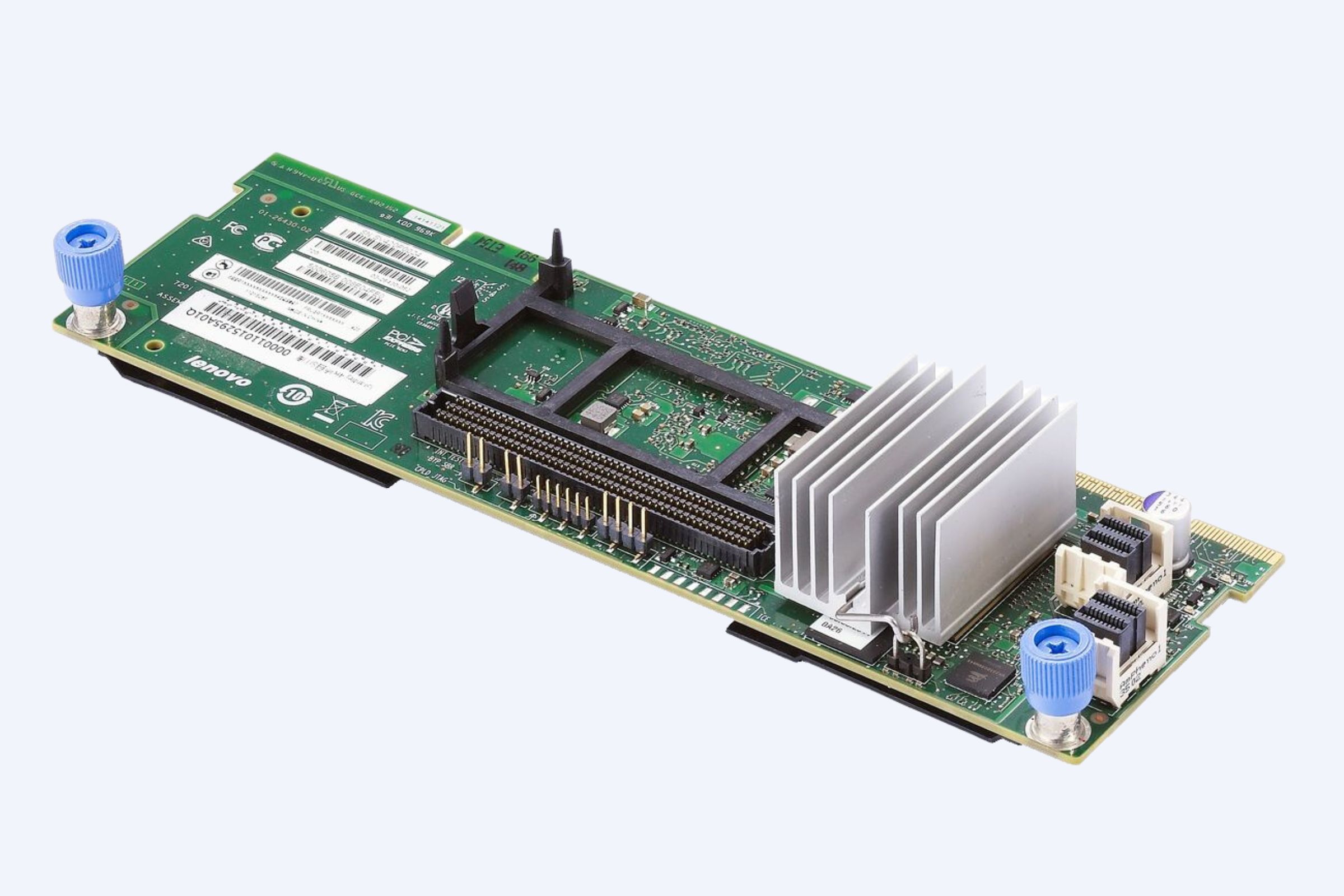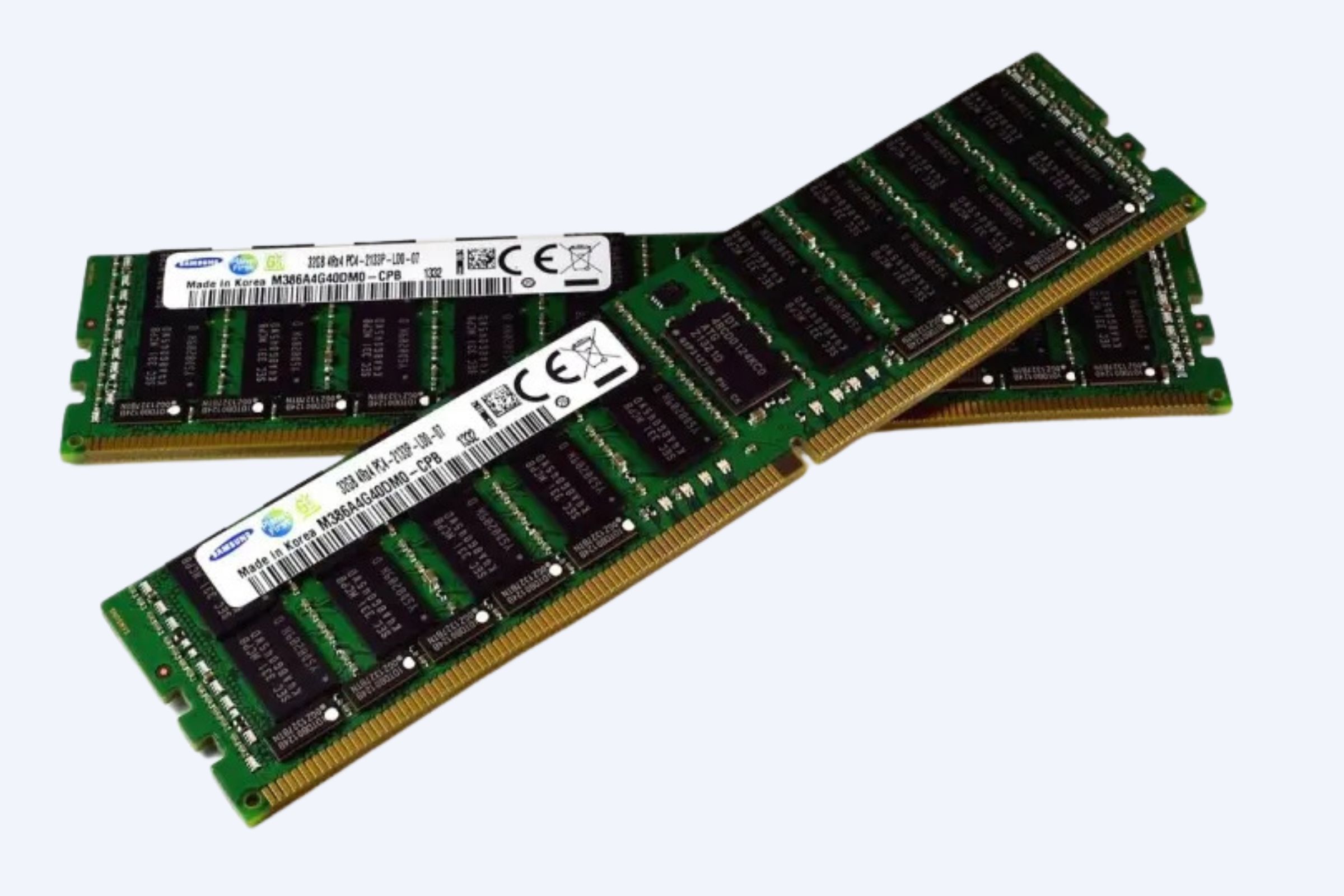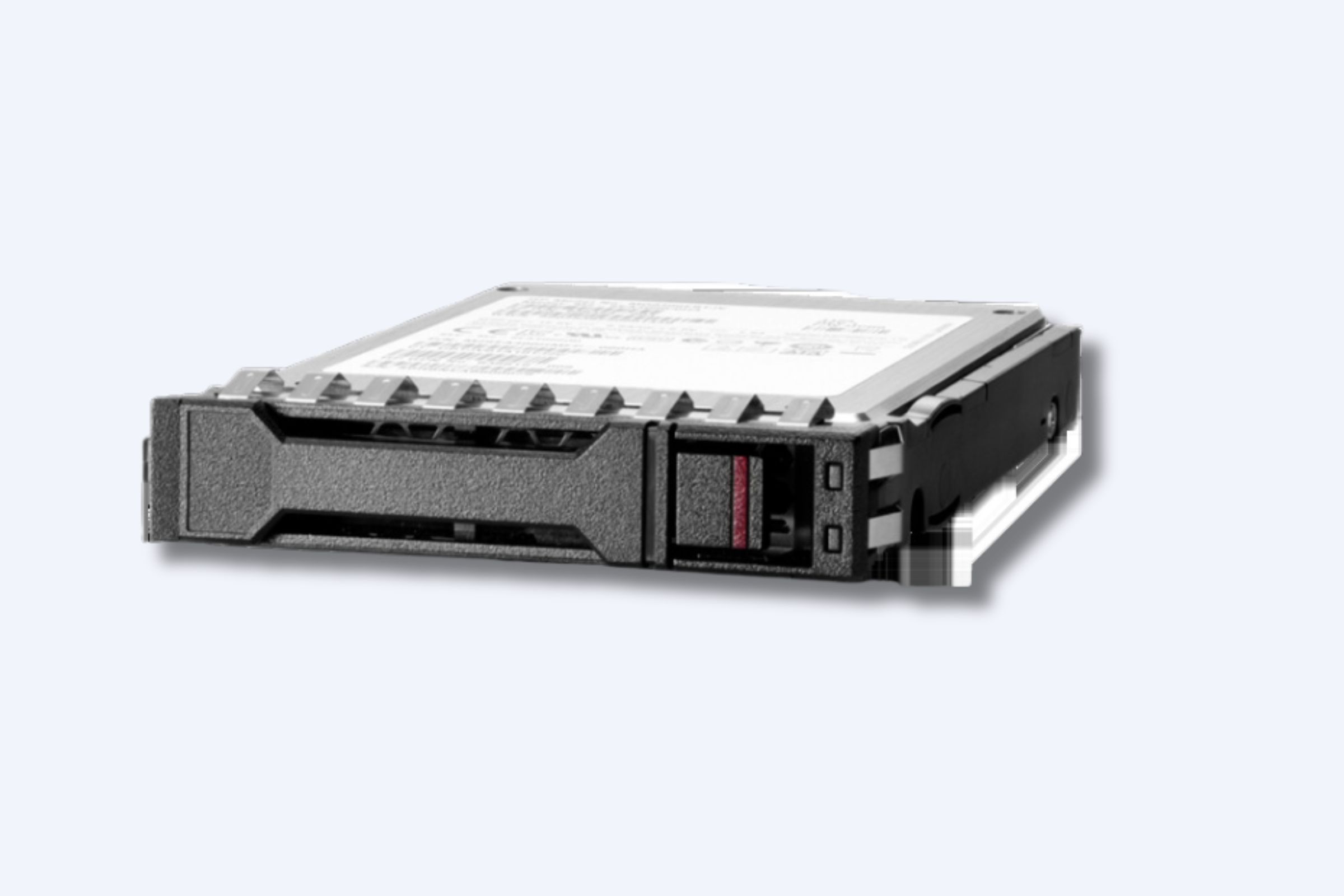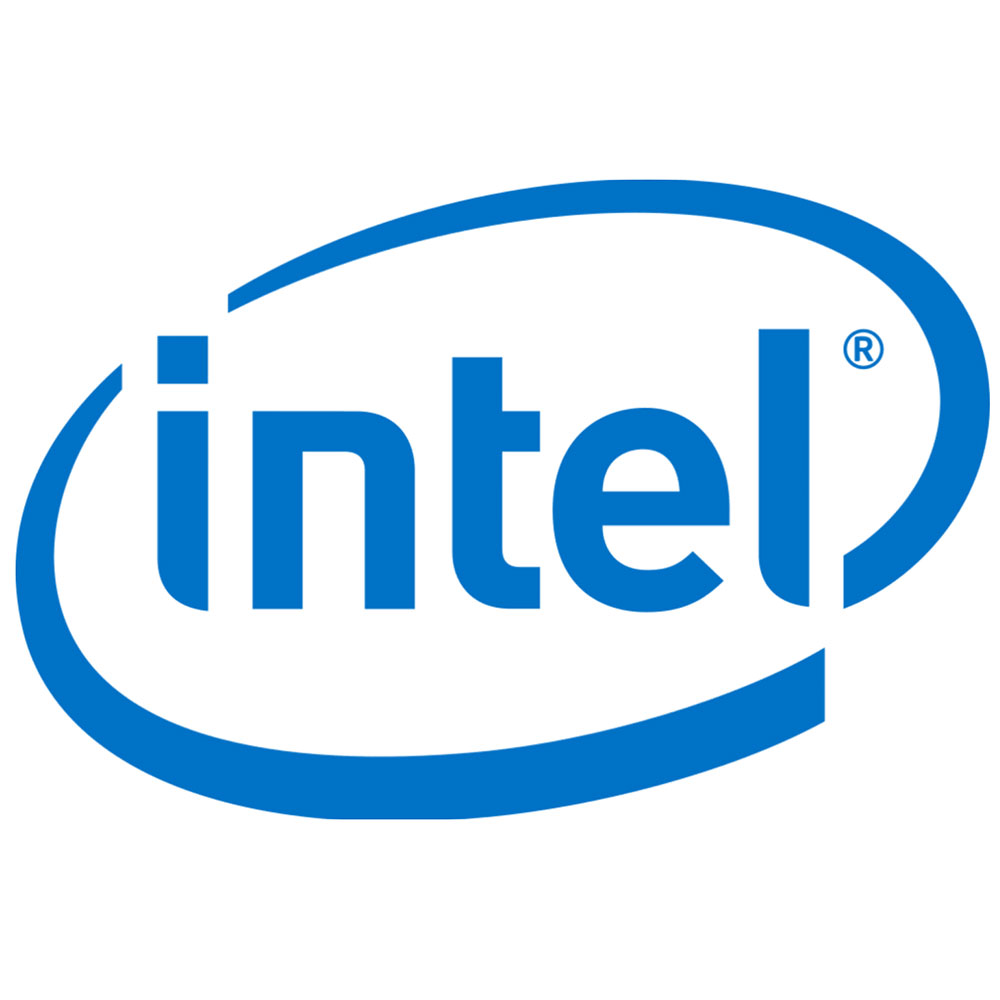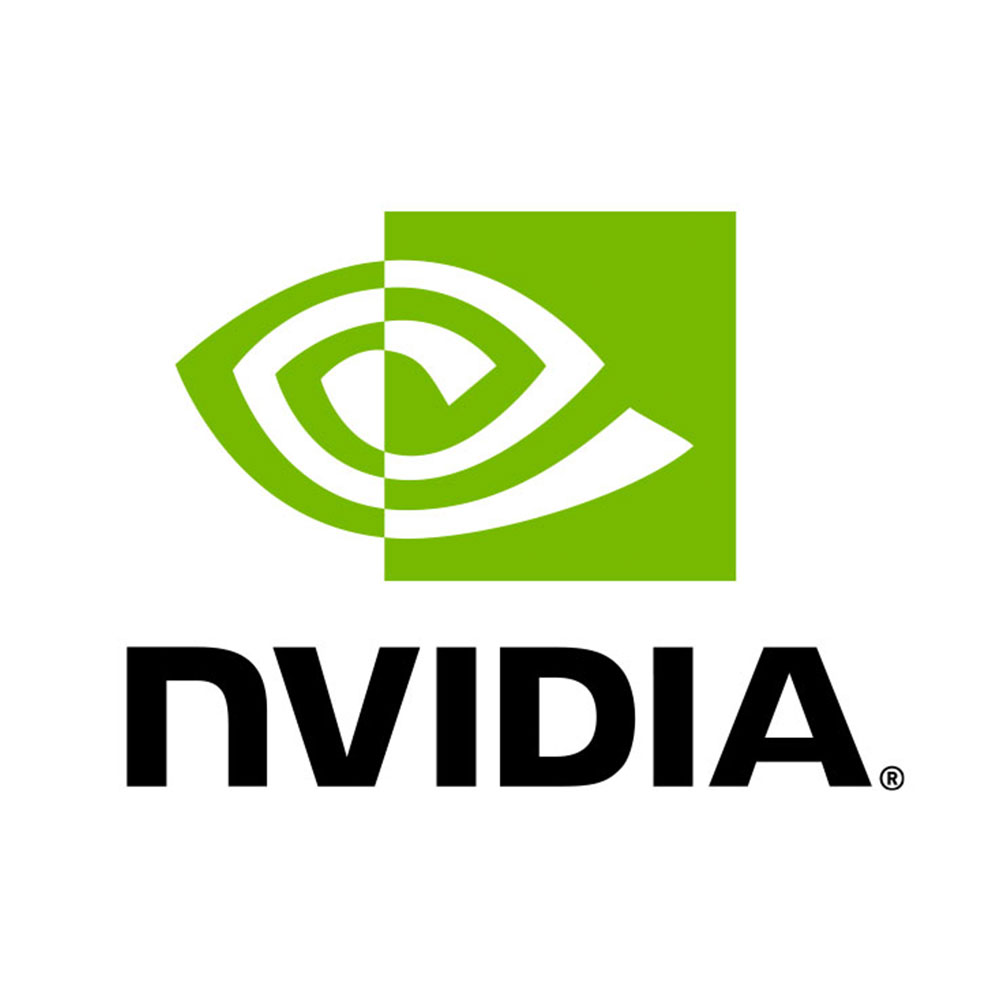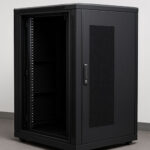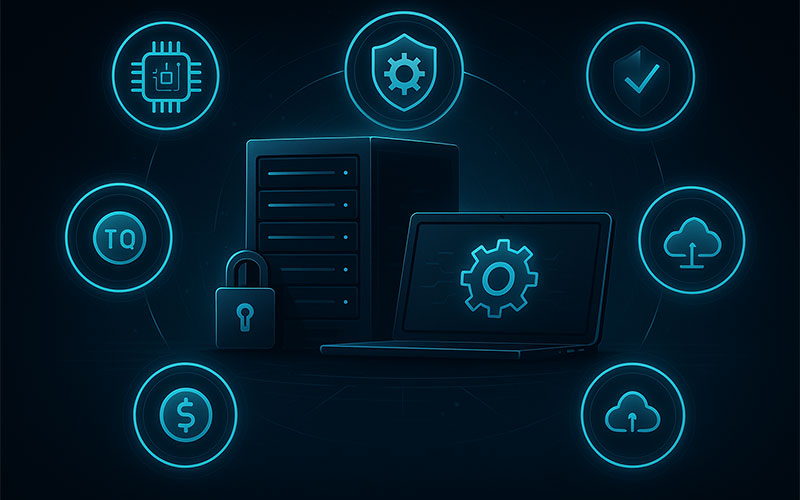Choosing the right operating system (OS) for your server hardware is a critical decision impacting performance, security, and long-term operational efficiency. Unlike desktop OS choices, server environments demand rigorous evaluation of technical and business factors. Here’s a structured approach:
Key Considerations for Server OS Selection:
Hardware Compatibility:
- Verify vendor certification for your specific server model, CPU architecture (x86, ARM), RAID controllers, and network adapters.
- Check driver availability and support lifecycle alignment.
Application & Workload Requirements:
- Identify dependencies (e.g., .NET Framework for Windows-specific apps, specific Linux kernel modules).
- Evaluate resource demands (CPU, RAM, I/O) and OS optimization capabilities.
Security Posture:
- Assess built-in security features (SELinux/AppArmor, firewalls, encryption).
- Review patch frequency, vulnerability history, and compliance certifications (e.g., FIPS, HIPAA).
Performance & Scalability:
- Analyze overhead: lightweight OS (e.g., Linux) often outperforms heavier options for raw throughput.
- Confirm support for vertical/horizontal scaling (e.g., NUMA, clustering).
Virtualization & Containerization:
- Determine if the OS will be a host (hypervisor like ESXi, Hyper-V, KVM) or guest (optimized for VMs/containers).
- Check native container support (e.g., Windows Containers, Podman/Docker on Linux).
Support & Ecosystem:
- Compare vendor support (SLAs, response time) vs. community support (for open-source options).
- Evaluate management tools (e.g., Windows Admin Center, Cockpit, Ansible integrations).
Total Cost of Ownership (TCO):
- Calculate licensing fees (per-core, subscription), required add-ons, and administrative training costs.
- Factor in potential savings from open-source alternatives (e.g., Linux).
Stability & Lifecycle:
- Prioritize Long-Term Support (LTS) versions for critical systems.
- Confirm update policies and EOL (End-of-Life) timelines matching your hardware refresh cycle.
Administrator Expertise:
- Choose an OS your team can manage proficiently to reduce misconfiguration risks.
Conclusion:
There’s no universal “best” server OS. The optimal choice emerges from balancing technical requirements, budget constraints, security mandates, and operational capabilities. Pilot testing your workload on shortlisted OS options within your hardware environment is strongly recommended before deployment.



